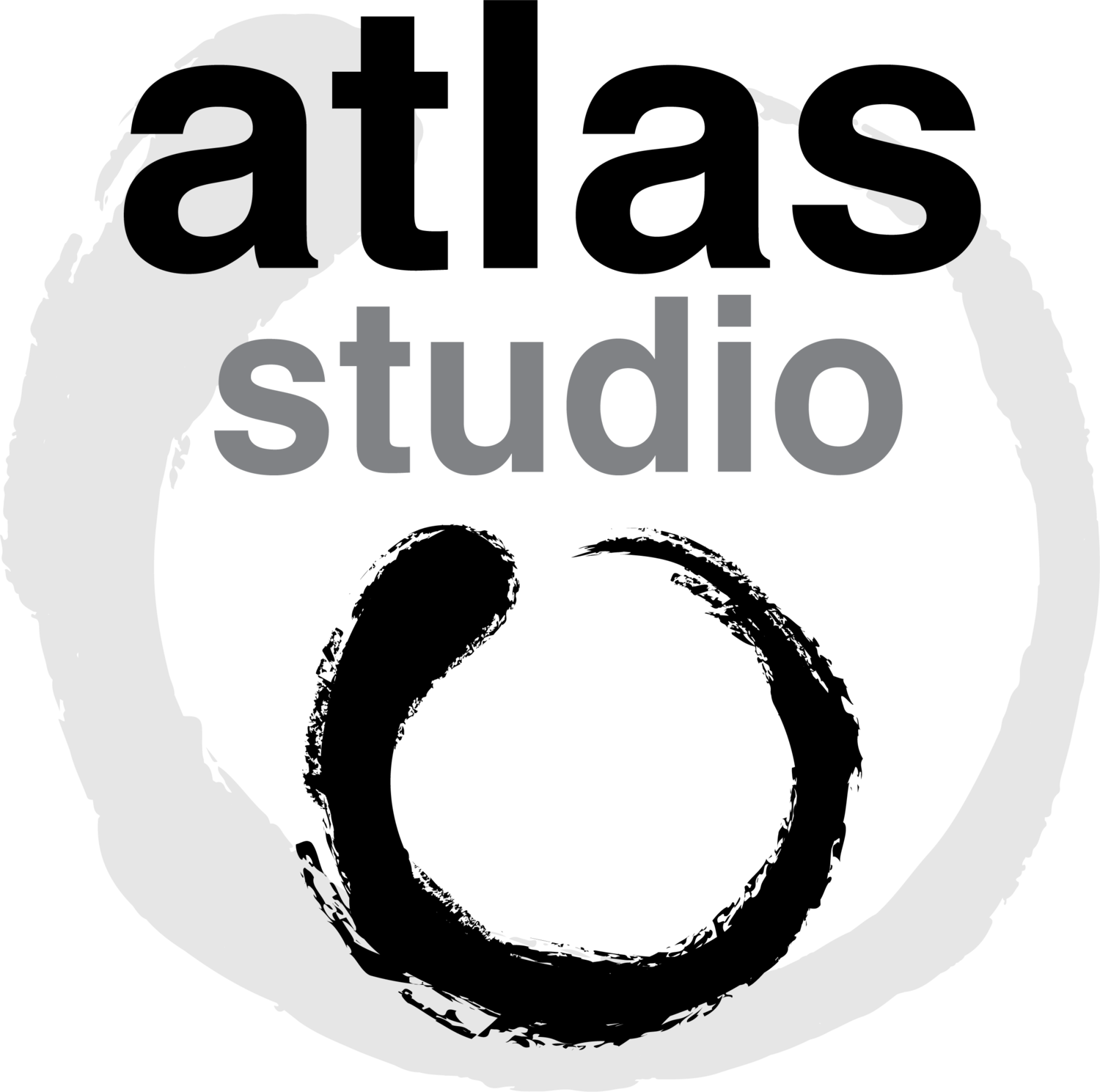Kitchari, pronounced kich-ah-ree, has long been used to nourish babies, the elderly, and the sick, along with healthy adults during times of detox, cleansing, and spiritual practice. Get the basic recipe here.
Intro to Ayurveda: Matthew Remski
Matthew Remski
What we know about ayurveda we have learned from Matthew Remski and the sources that he has pointed us to. Any awareness that I had before meeting Remski has been tainted by his broad and informed viewpoint.
Matthew suggests that the “best evidence shows that the holy trinity of preventative and supportive health consists of proper diet, adequate exercise, and stress reduction. ayurveda focuses on how these three can speak most efficiently through the medium of a person’s constitution. Constitution cannot be concretely defined, but gleaned from the holistic analysis of physique, drives, social context, development, and emotional and mental patterning. Assessing what a person needs begins with beginning to understand who a person is and is becoming.”
In contemplating the usefulness of the ayurvedic body of knowledge Matthew suggests that “stress reduction is the broadest category.” Ayurveda addresses all stressful relationships: to food, to time, to family, to culture, to technology, to the earth, to one’s self-narrative.
Matthew goes on to explain that “underneath the technique, ayurveda performs the important function of speaking to a recently-buried layer of consciousness. Its lore arises from the majority experience of our history: the hundreds of millennia prior to books and science, when we relied on intuition, mythology, and dreams to forge connection of balance and meaning.”
Ayurveda reminds the postmodern person of a time when her internal climate mirrored her external climate in a language she could intuit and add to. A time when she was, in a word, possessed by nature and its evident rhythms. This experience is still within us, but is now starved for attention. Ayurveda treats the ancient person within.
As for yoga — it occurs whenever the wounds of consciousness provoke conscious action. Today, yoga is primarily a mode of re-embodiment. Expressed through whatever tools work, yoga is the will to reveal our latent inter-subjectivity, and to sense our shared flesh — to use the term of Maurice Merleau-Ponty — with the world.
When Matthew Remski teaches Ayurveda, he begins with the following reduction:
AYURVEDA IN 7 STEPS
Each person is two: a conscious part prone to alienation from self, other, and world, but also gifted with integrative capacities; a perceptual part, autonomically attuned to time and the environment, already and naturally resourceful and supported.
The latter is a unique combination of elemental qualities and movement patterns we may call “constitution”. It is the basis of the former.
Constitution can harmonize or clash with its natural and social environment, whether by conscious choice or by circumstance.
Inattention to sensual feedback, internal rhythms and environmental changes prematurely weakens first vitality, and then immunity.
As immunity weakens, the natural strengths of structure, metabolism, and coordination express their shadows: congestion, inflammation, and disorganization.
Good digestion is the root of somatic and psychic health.
Pleasure and equanimity are its flowers.
http://matthewremski.com/wordpress/view-of-ayurveda/
* Matthew Remski teaches an Ayurveda workshop for Atlas Studio. Contact us for more details: info@atlasstudio.com


